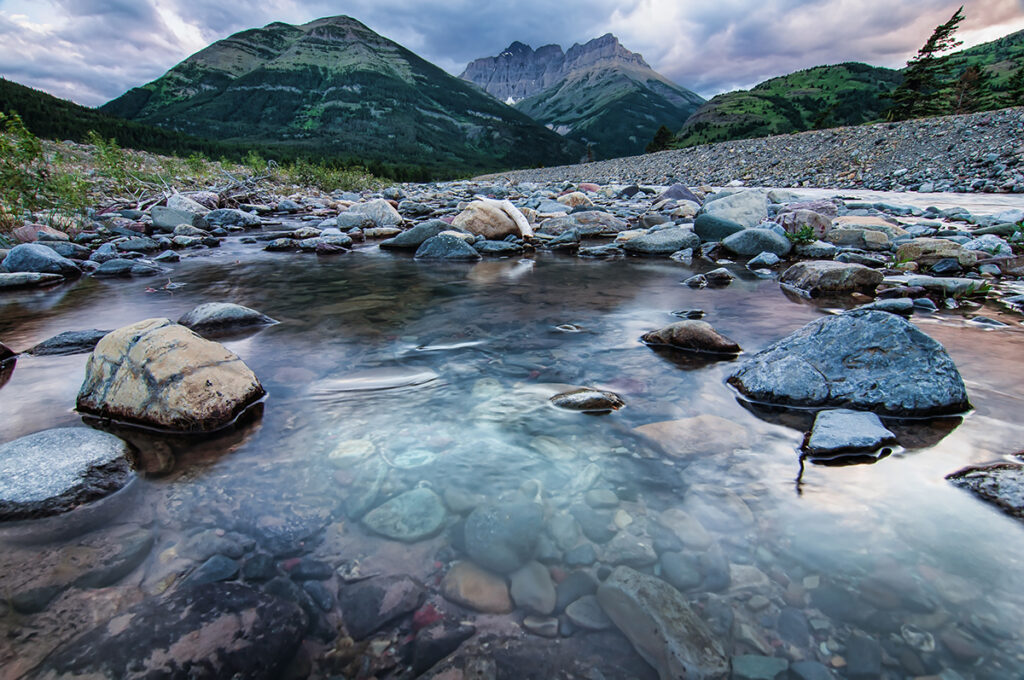Basic Information about British Columbia
Historic Places
History plays a vital role in who we are today. In fact, our background has influenced the way we have come to be. Moreover, it explains why we live the way we do. Studying our past gives us a clear picture of historical events. Also, at the same time, it gives us a better understanding of why things ended up the way they did.
With history comes a number of places of great heritage value. These include, but are not limited to monuments, landscapes, and abandoned settlements. Also, these historical places are notable sites that tell so much about our ancestors’ primal existence – about how they lived and survived.
These are places where significant events took place. In addition, they provide a mere reason why the new generation should take part in conserving it. Therefore, our descendants will be able to set their eyes on historical structures and artifacts. Subsequently, they will have something to pass on to the next generation.
British Columbia gives high regard to its heritage sites. For this reason, people from different walks of life must understand its value and help conserve these sites whether they are:
- Property owners
- Local authorities
- Conservationists
- Tourists
Cultural Heritage
At present, there are three places in BC that have been inscribed in UNESCO’s List of World Heritage sites. The first site is the Canadian Rocky Mountain Parks. It is located in the northwestern part of Canada. This is where one can also find the Burgess Shale, one of the earliest fossil beds that date back to over 500 million years.

Another UNESCO-recognized site is the Tanshenshini-Alsek Wilderness Park. It is one of four parks that make up the world’s largest non-polar icefield. Its dynamic landscape is home to endangered species such as bears, Dall sheep, mountain goats, wolves, and eagles.
Finally, there’s the SGang Gwaay. This is the earliest recorded settlement located at the southern tip of the Haida archipelago. Archaeological studies of the carved totem poles prove this.
Indeed, British Columbia is rich in culture and deserves to be preserved for future generations to witness. Many organizations work hand in hand that supports the conservation of these cultural heritage sites including:
Government Organizations:
Non-government Organizations:
- Heritage Fairs Society
- BC Association of Heritage Professionals
- Archivists Association of BC
- Archaeological Society of BC
- The Land Conservancy of BC
Municipal Heritage Society:
International Organizations:
- UNESCO World Heritage Centre
- International Council on Monuments and Sites
- The International Centre for the Study of the Preservation and Restoration of Cultural Property
Provincial Historic Places Recognition Program
This program aims to let people discover their shared heritage and learn how their ancestors thrived back in the day. Studying historic places fosters a cultural understanding and the link between culture and the physical, demographic, social, and economic progress of today’s society. Moreover, it is a way for some people to trace their lineage.
Cultural Differences
As you may have observed, some residents of BC have Asian features despite having lived all their lives in BC. Meanwhile, there are others who speak French fluently. This all boils down to tracing our ancestry. By doing so, we will learn why we observe certain values and follow traditions that are different from others who live in the same community.
Finished Projects
There are several projects that have been completed to further study and understand the cultural influences that have a huge part in who we are. Several studies that have been finished in 2015, 2017, and 2019 include the strong influences of the following ethnicities on British Columbia:
- Chinese
- Japanese
- South Asian
- French
